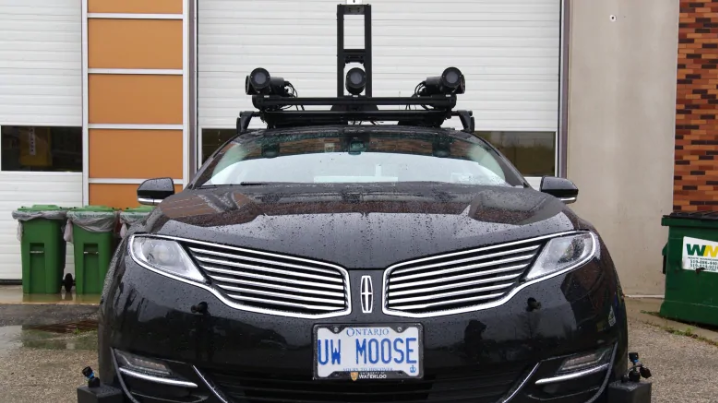
The provincial government has changed the rules to allow testing of fully autonomous vehicles, without someone behind the wheel. Testing of vehicles with no-one in the driver’s seat has been done on closed tracks, while some testing has been allowed on public roads but with someone in the driver’s seat just in case.
The new law also allows for “level 3” automation on the road once those cars become available to be purchased. Some of these vehicles with a higher level of automation are available in selected countries in Europe.
| Ontario automation classification |
|---|
|
Level 0 – No Automation: No automated features. Level 1 – Driver Assistance: Intelligent features add layer of safety and comfort. A human driver is required for all critical functions. Level 2 – Partial Automation: At least two automated tasks are managed by the vehicle, but the driver must remain engaged with the driving task. Level 3 – Conditional Automation: The vehicle becomes a co-pilot. The vehicle manages most safety-critical driving functions but the driver must be ready to take control of the vehicle at all times. Level 4 – High Automation: The vehicle is capable of performing all driving functions under certain conditions. The driver may have the option to control the vehicle. Level 5 – Full Automation: Vehicle is capable of being completely driverless. Full-time automated driving in all conditions without need for a human driver. |
Ross McKenzie, the managing director of the Waterloo Centre for Automotive Research (WatCAR), quoted by the CBC says, “At a full level three, you don’t need your hands on the wheel and a foot on a pedal, so it uses a lot of technologies and it’s anchored by adaptive cruise control … and lane keeping technology,”
As of yet level-3 vehicles are not available in Canada. The reason for the change in law comes from the provincial government’s desire to position Ontario as a leader in the technology by removing some of the restrictions to testing and development.